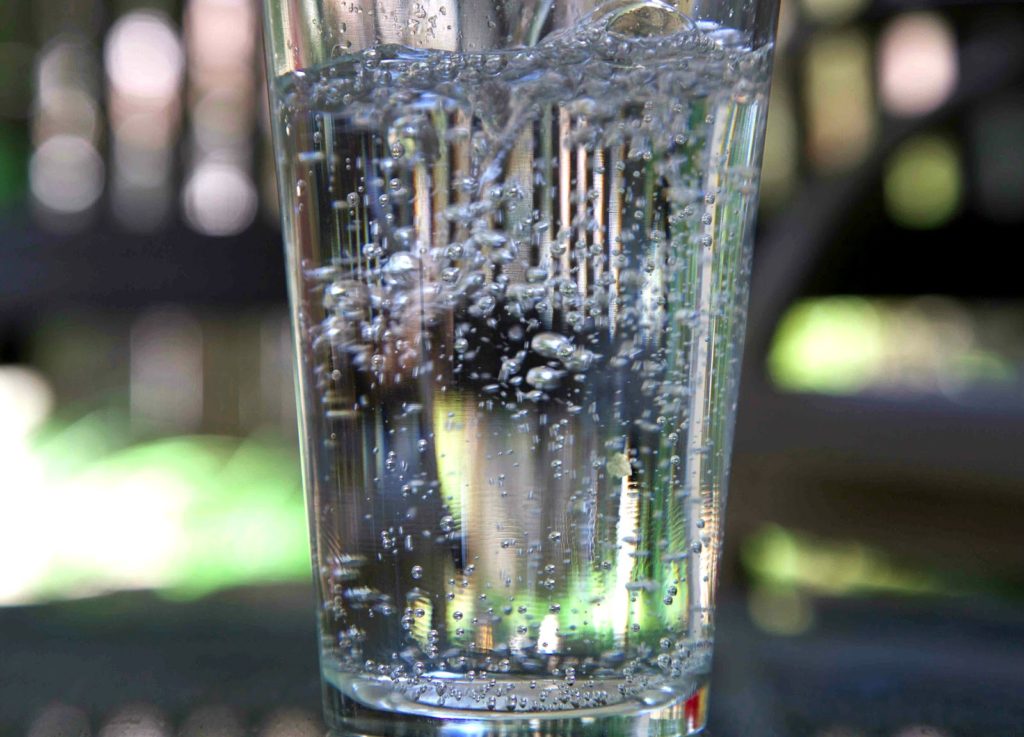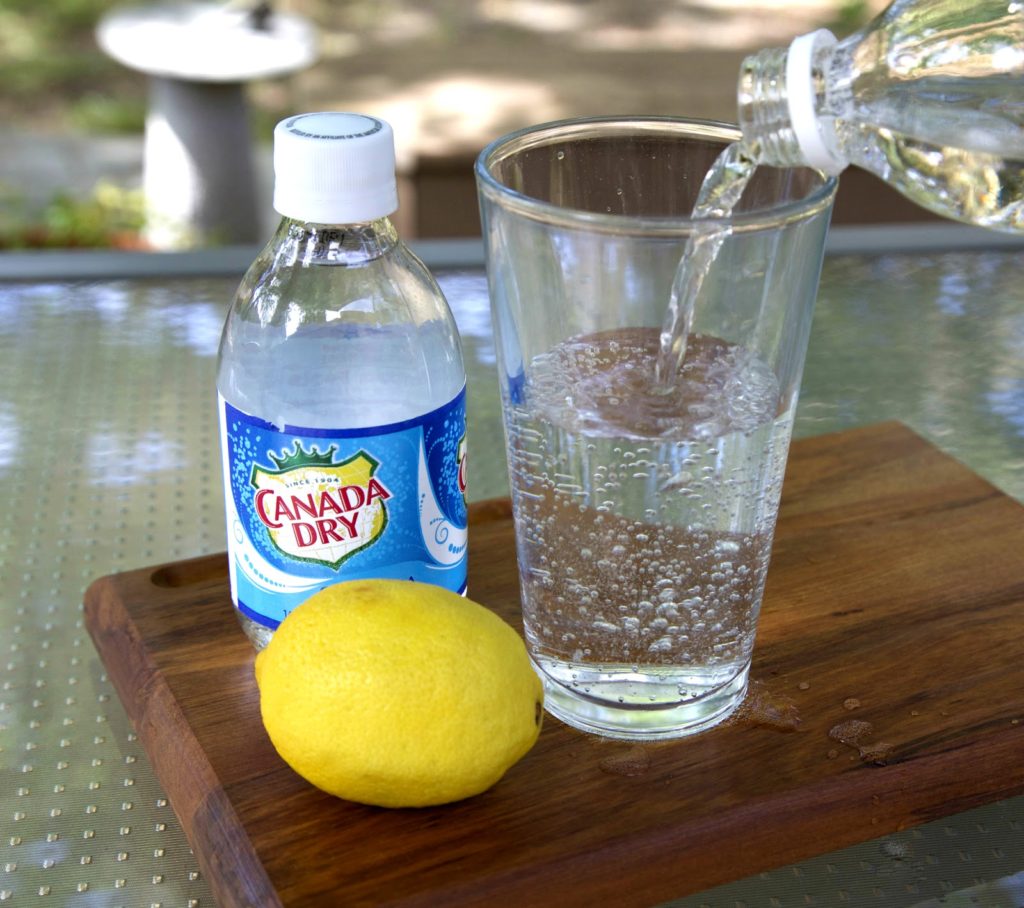In the summer time, light and fizzy cocktails really hit the spot. And the most common way to make a fizzy cocktail is with club soda or something similar. I didn’t think there was much difference between the myriad of carbonated waters one has to choose from, but I figured I’d better find out. So: is there any difference?
The short answer: yes. But very little.
Little enough that my conclusion is that you can use all fizzy waters interchangeably in your cocktails. Are there purists out there who would disagree? Almost certainly. There are always purists out there. But of all the things to be picky about in your cocktails, I think this is pretty low on the list. Somewhere between toothpick diameter and ice clarity.
But since I really do want to figure out how to make clear ice one day, here you have it: a guide to fizzy water.
Sparkling or Carbonated Water: Both of these are blanket terms that can refer to any of the waters below. They don’t mean anything specific about the production or content of that water, just that it’s bubbly.
Seltzer: Seltzer is plain water that has been artificially carbonated by dissolving carbon dioxide in it. When carbon dioxide gas dissolves in water, it reacts to form carbonic acid. But it doesn’t want to stay dissolved in the water, and will only do so under pressure. So as soon as you open your bottle of seltzer, the fizzing begins and the gas starts to escape. Seltzer confusingly gets its name from the German town of Selters, which had a naturally carbonated mineral spring. Selters bottled and sold their carbonated water, and the name became a generic trademark like kleenex or band-aid, but today it is generally used to describe water that is not naturally carbonated.
Club Soda: Club soda is very similar to seltzer, but it has additional potassium and/or sodium salts (sodium bicarbonate, potassium bicarbonate, potassium sulfate, etc.) added. As I mentioned above, artificially carbonating water using carbon dioxide forms acid. The salts added to club soda bring down the pH of the water, supposedly improving the flavor. But I dare you to do a blind test of seltzer and club soda and figure out which one is which. The salts do raise the sodium levels of the water – for example, 12 oz. of Canada Dry club soda contains 115 mg of sodium vs. 0 mg in their sparkling seltzer. So if you’re watching your salt intake, pay attention to the amount or go with seltzer.
Soda Water: I assumed that soda water was another name for club soda, but it turns out it’s an ambiguous term. It can refer either to club soda or seltzer. It’s often specifically used to refer to the carbonated water that comes out of a soda gun in a bar, and that usually doesn’t have the added salts.
Sparkling Mineral Water: This is the stuff you get offered at fancy restaurants before awkwardly telling the waiter that good ole tap water is just fine. Examples include San Pellegrino and Perrier. I was really surprised to learn that neither minerals nor carbonation are added to this water – it’s naturally carbonated (except San Pellegrino, which adds some). It’s also filled with sulphur and minerals from the natural springs it comes from, which can give it a bit of a taste. And finally, it’s expensive. Not an obvious choice for a cocktail mixer, but it will certainly work.
One “water” that is most definitely not on this list is tonic water. Though it’s called water and is carbonated, it’s an entirely different thing. It contains quinine, which gives it a bitter flavor, and also heaps of sugar. It’s essentially a soft drink, and is not interchangeable with the other waters mentioned above. (For more on tonic water, check out my post on the Gin & Tonic.)
So crack open a bottle of… whatever… and make yourself a Tom Collins, Mojito, or Campari & Soda. Some folks may be enthusiastically whipping out the pumpkin recipes, but I say it’s summer until I need to put on a jacket.







